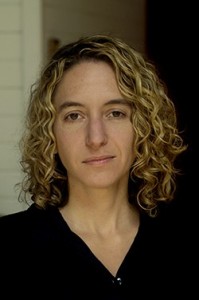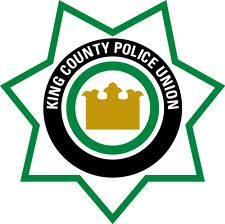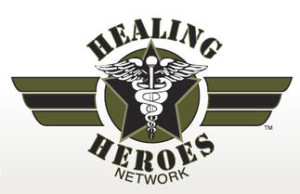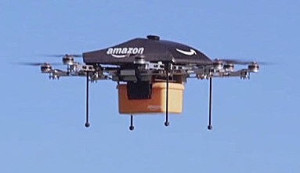This is it, folks, my last at-bat for New To Seattle. After five years and nearly 300 postings, I’m moving on again, to what will be something like my 16th home in 45 years. My new place of habitual abode is in–drum roll, please–Las Vegas. It was family reasons that brought me the 1,100 miles from the Los Angeles area to Seattle, and family reasons that are bringing me the 1,100 miles from Seattle to Vegas.
I lived in Seattle only a half-decade, but boy have I seen change. Among other things, Seattle has become one giant construction zone. That’s due partly to an influx of population but also due to, I think, over-optimistic estimates about how long it will take for the Seattle boom will turn into a bubble (I think it already has) and then peter out into the inevitable bust (right around the corner, I predict).
From what I can tell, public officials and local business leaders are making long-term capital projections assuming that the extraordinarily elevated levels of current growth will continue to rise rather than using the historic, much lower growth rate and adding a little. I saw this kind of flawed thinking happen in other metro areas I have lived in over the decades, including Houston, New York and Los Angeles.
Over time, of course, things bounce back, as evidenced in the adjoining photo of the famous billboard that went up in 1971 after Boeing, the Seattle area’s biggest employer, reduced its workforce by a stunning 60,000 jobs in just four years. Since then, Seattle economically has done OK.
But the powers-that-be now are assuming there will be no counter-reaction to the skyrocketing cost of living and taxes (including the nation’s highest big-city sales tax rate) all this growth is entailing. Or that nothing very bad will happen. Like, say, a new volcanic eruption of relatively nearby Mount Rainier, “the most dangerous mountain in the United States.” Or a catastrophic earthquake in Seattle, the prediction of which just won The New Yorker magazine a Pulitzer Prize.
Share on Facebook



















